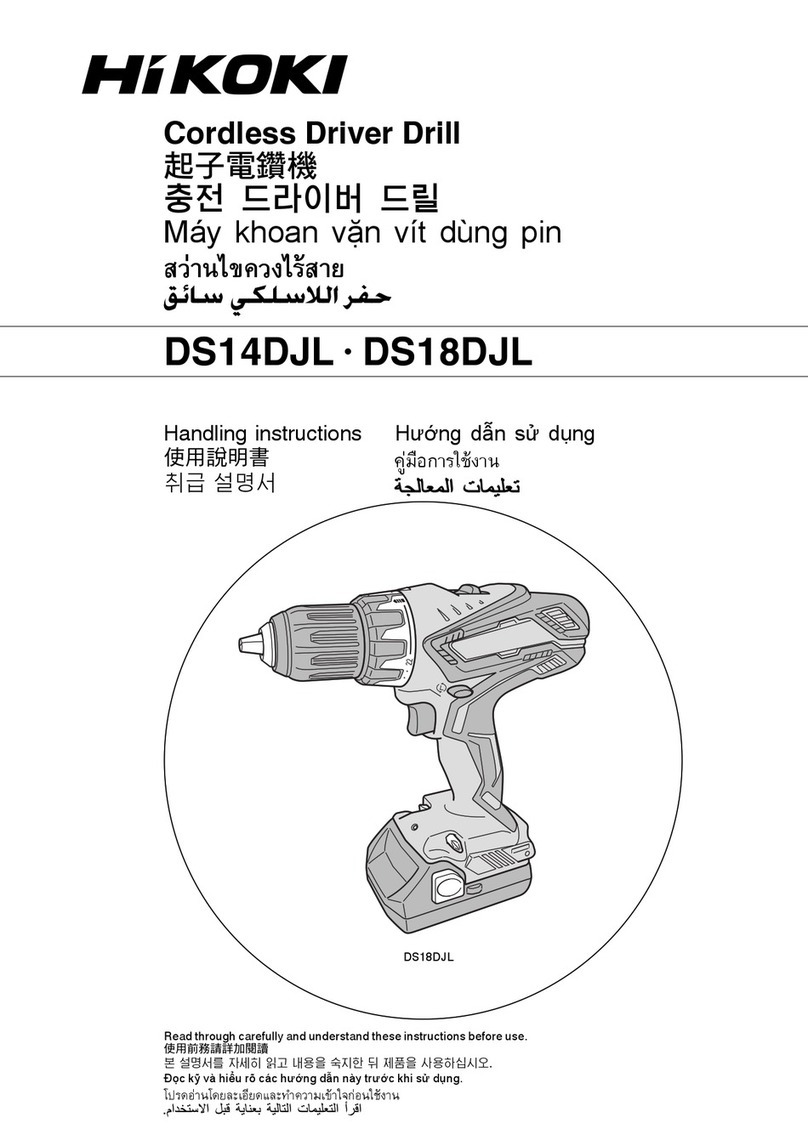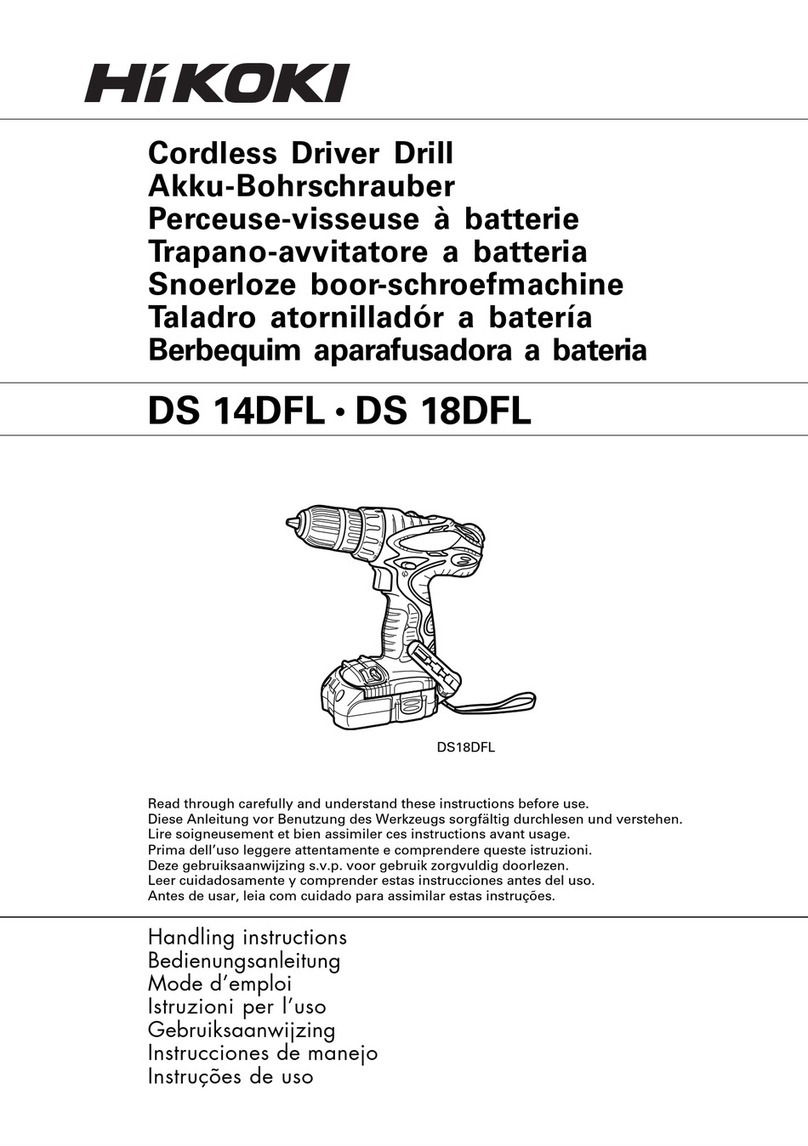HIKOKI D 10VC3 User manual
Other HIKOKI Drill manuals
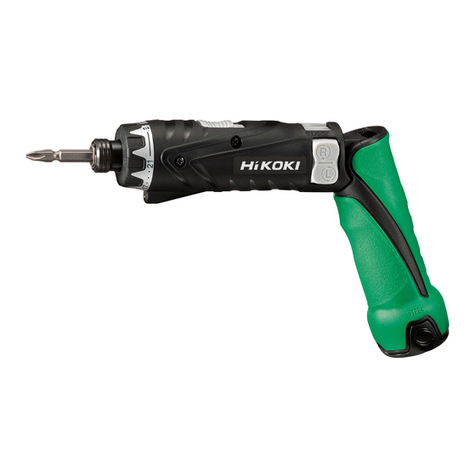
HIKOKI
HIKOKI DB 3DL2 User manual
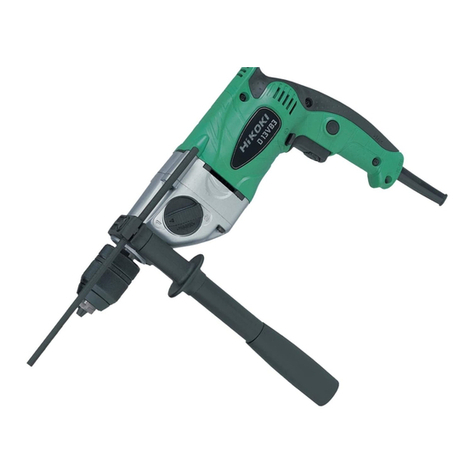
HIKOKI
HIKOKI D 13VB3 User manual
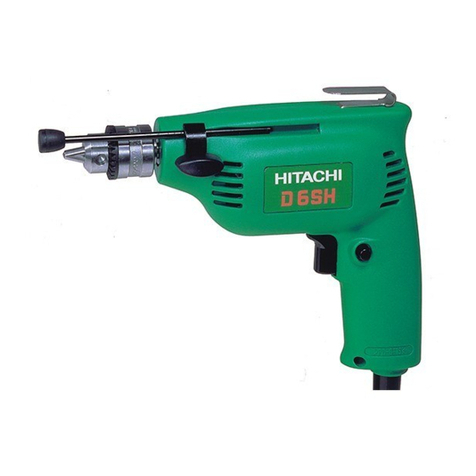
HIKOKI
HIKOKI D 6SH User manual
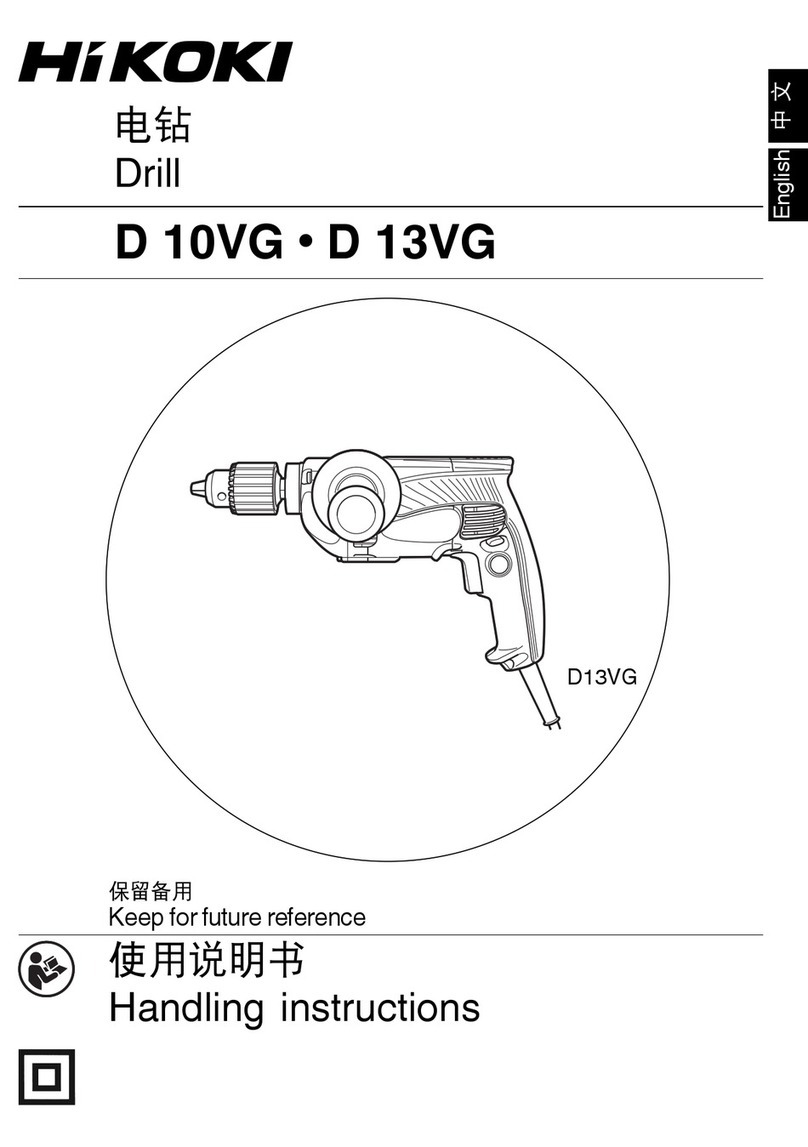
HIKOKI
HIKOKI D 10VG User manual
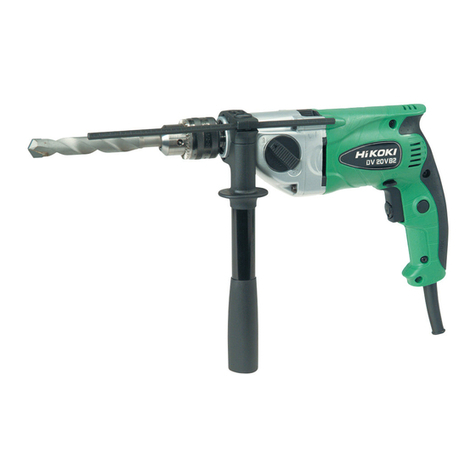
HIKOKI
HIKOKI DV 20VB2 User manual
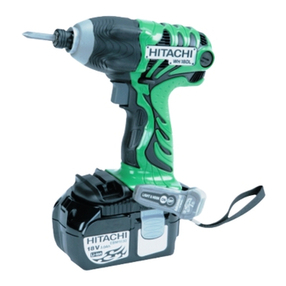
HIKOKI
HIKOKI WH 14DL2 User manual
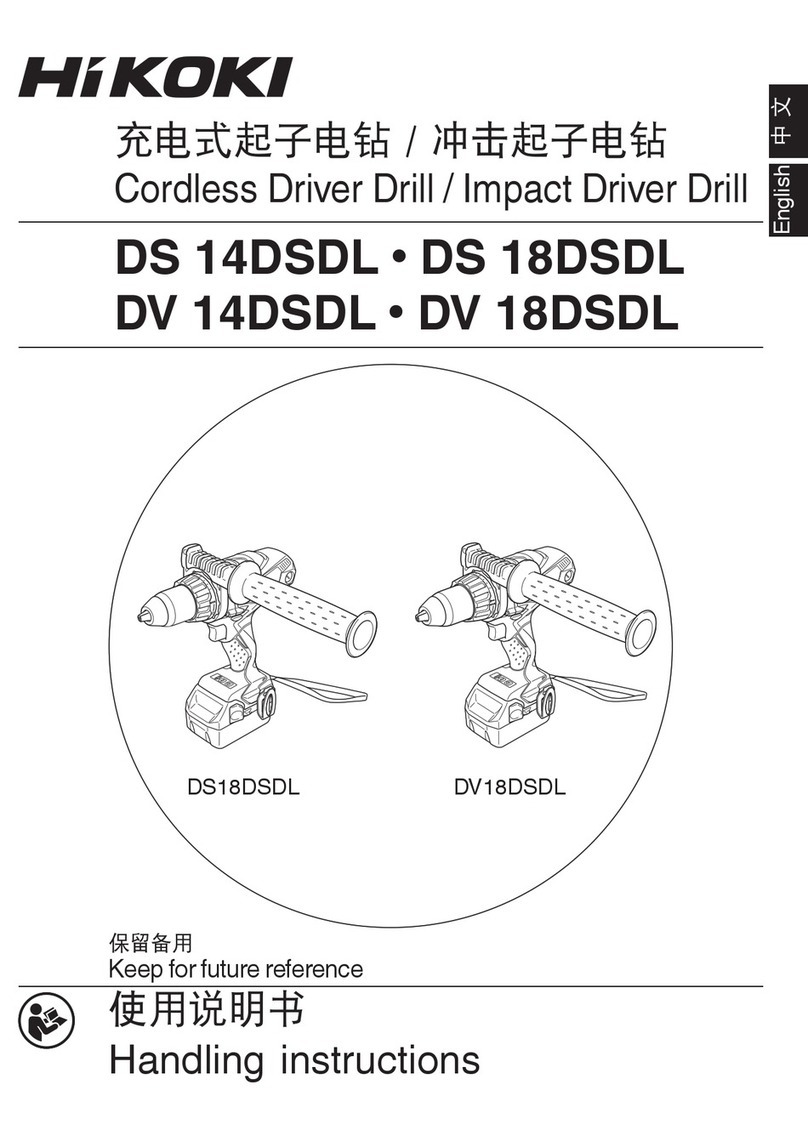
HIKOKI
HIKOKI DV 18DSDL User manual
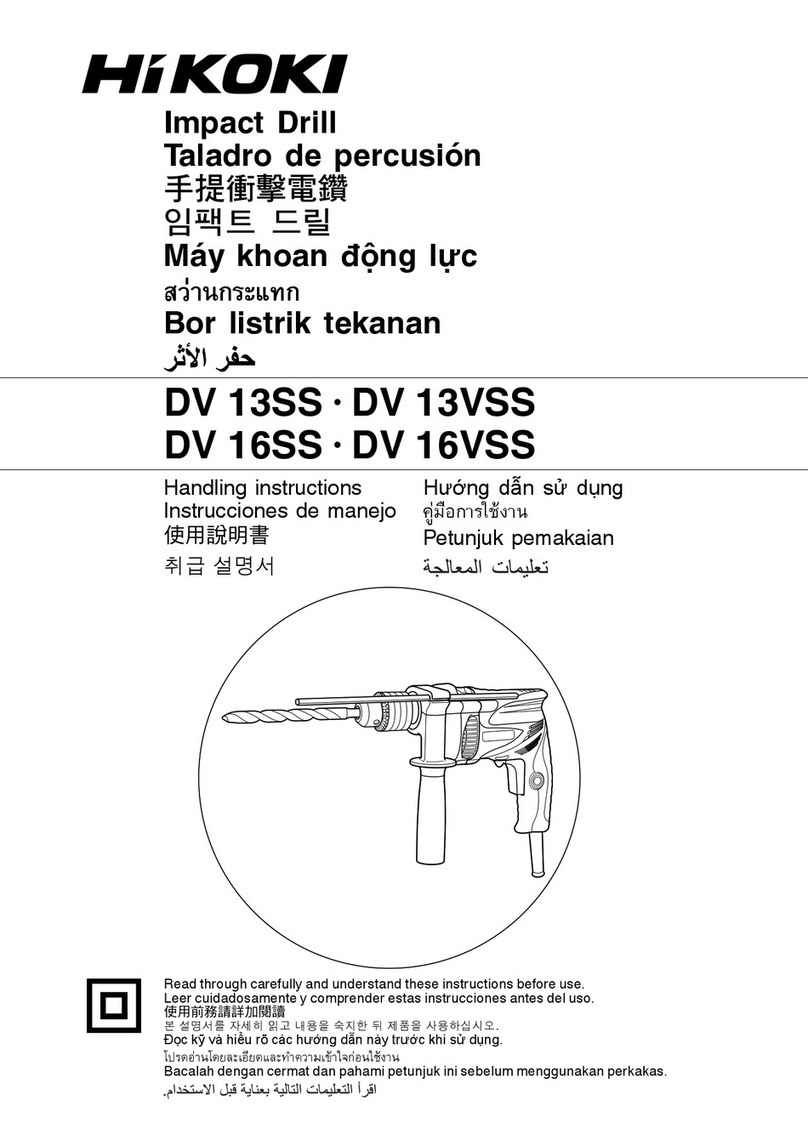
HIKOKI
HIKOKI DV 13SS User manual

HIKOKI
HIKOKI DS 7DF User manual
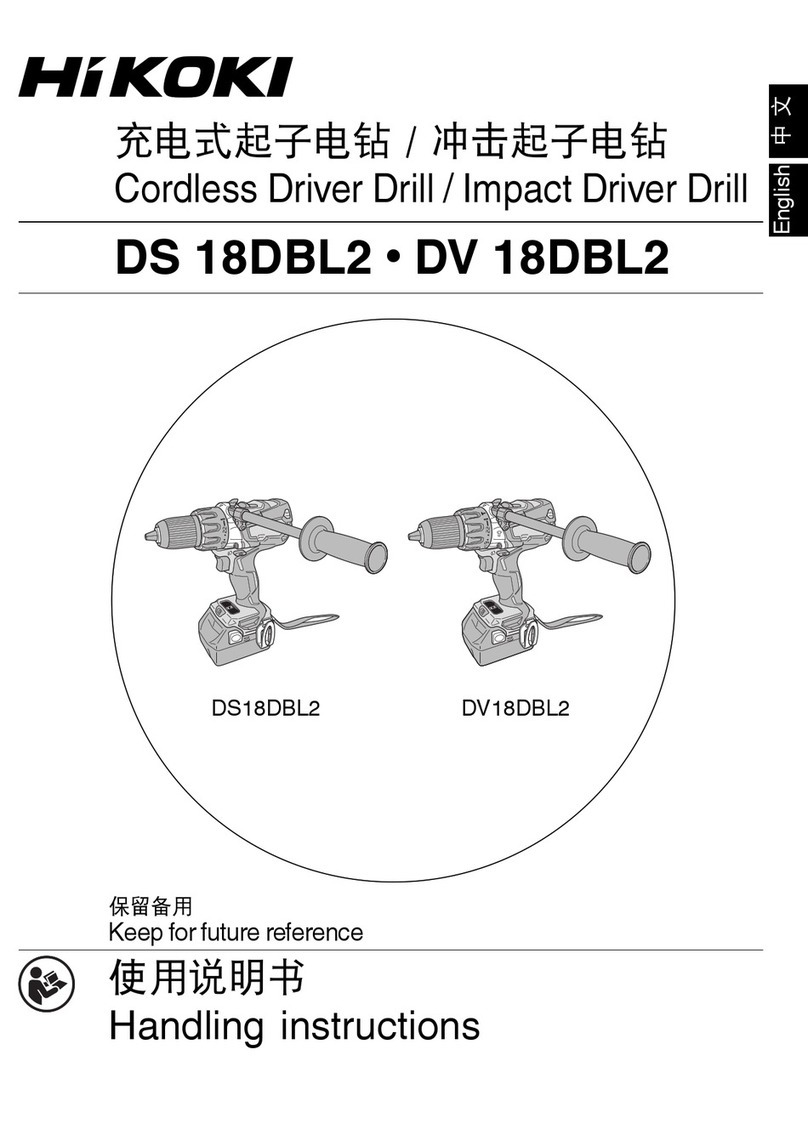
HIKOKI
HIKOKI DS 18DBL2 User manual
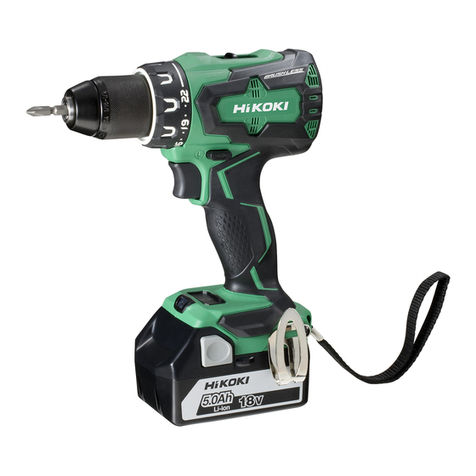
HIKOKI
HIKOKI DS 14DBSL User manual

HIKOKI
HIKOKI DS 12DA User manual
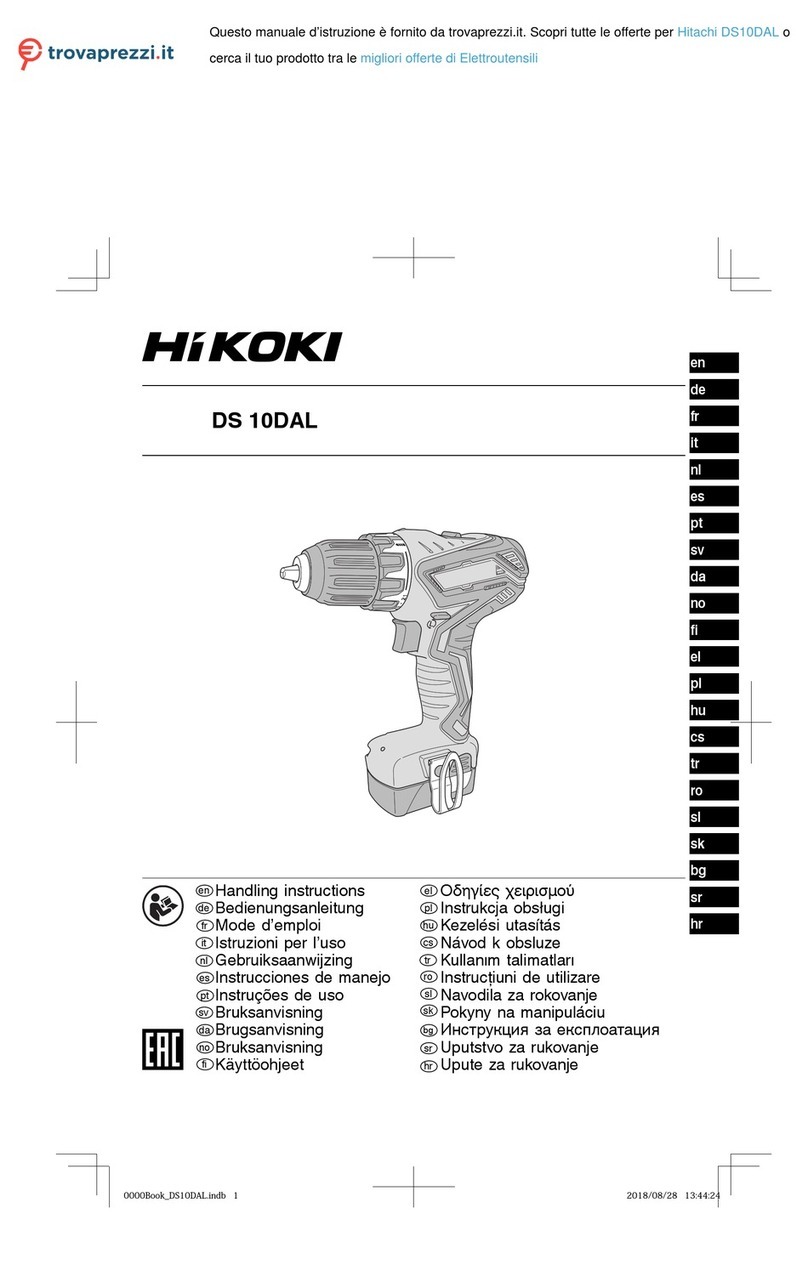
HIKOKI
HIKOKI DS 10DAL User manual

HIKOKI
HIKOKI D 6SH User manual
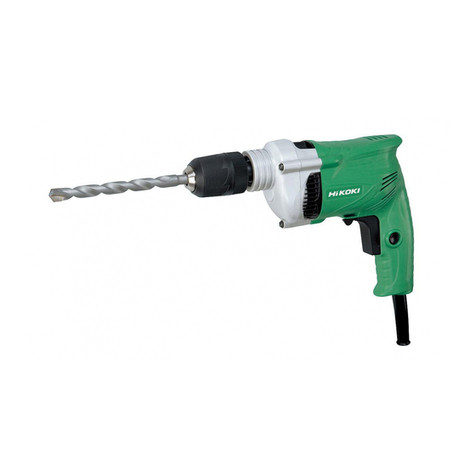
HIKOKI
HIKOKI DV 13SS User manual
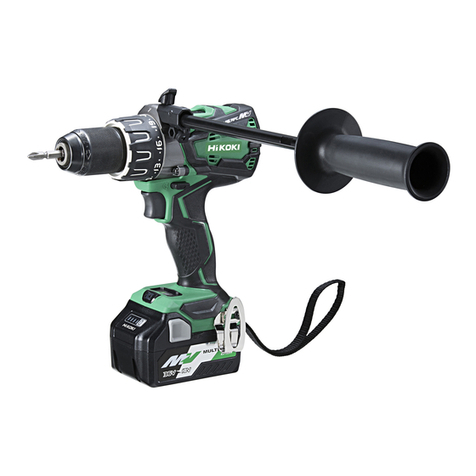
HIKOKI
HIKOKI DS 36DA User manual
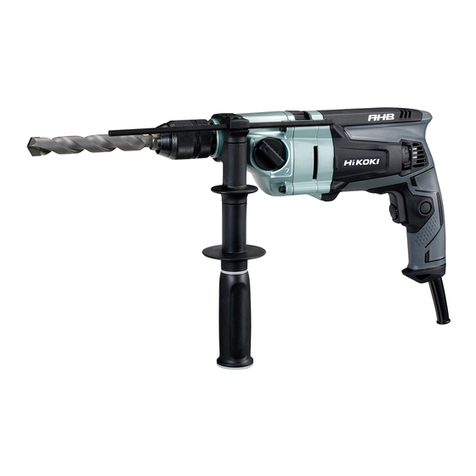
HIKOKI
HIKOKI DV 22V User manual
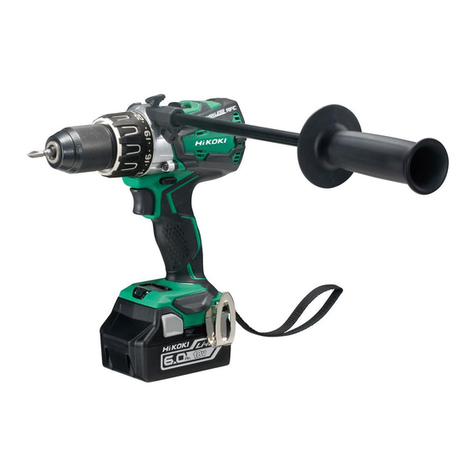
HIKOKI
HIKOKI DS 18DBL2 User manual
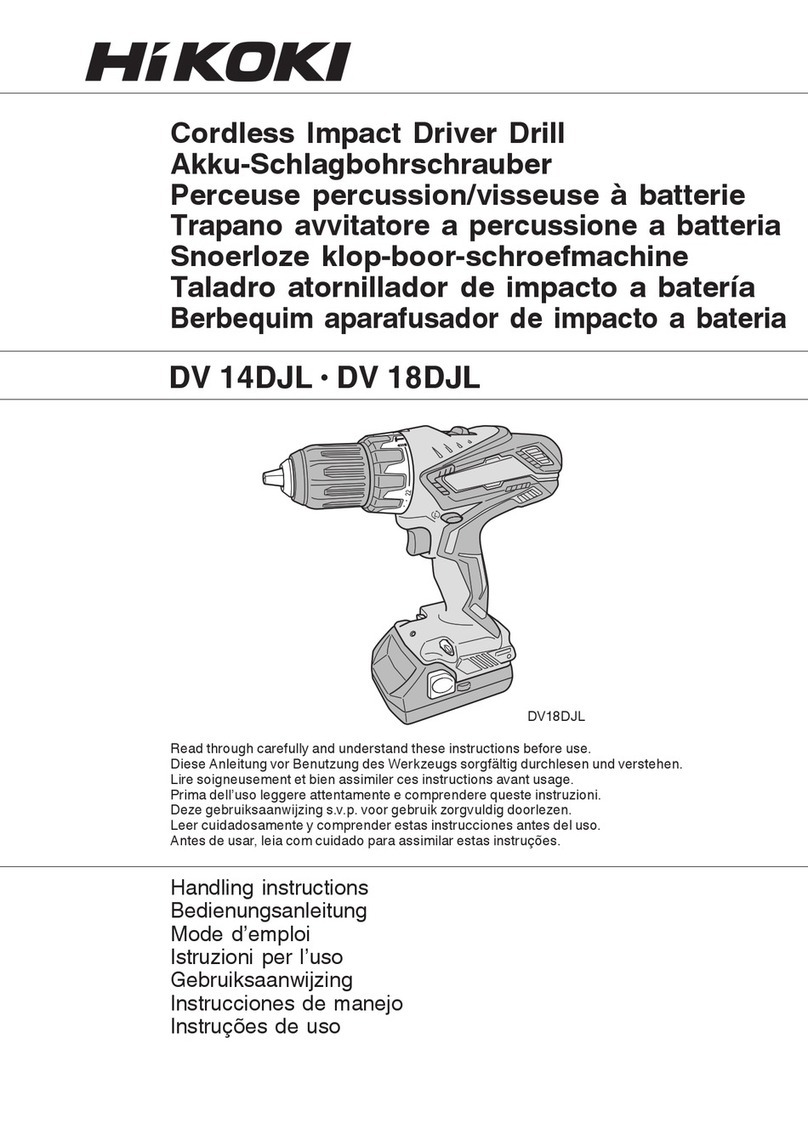
HIKOKI
HIKOKI DV 18DJL User manual
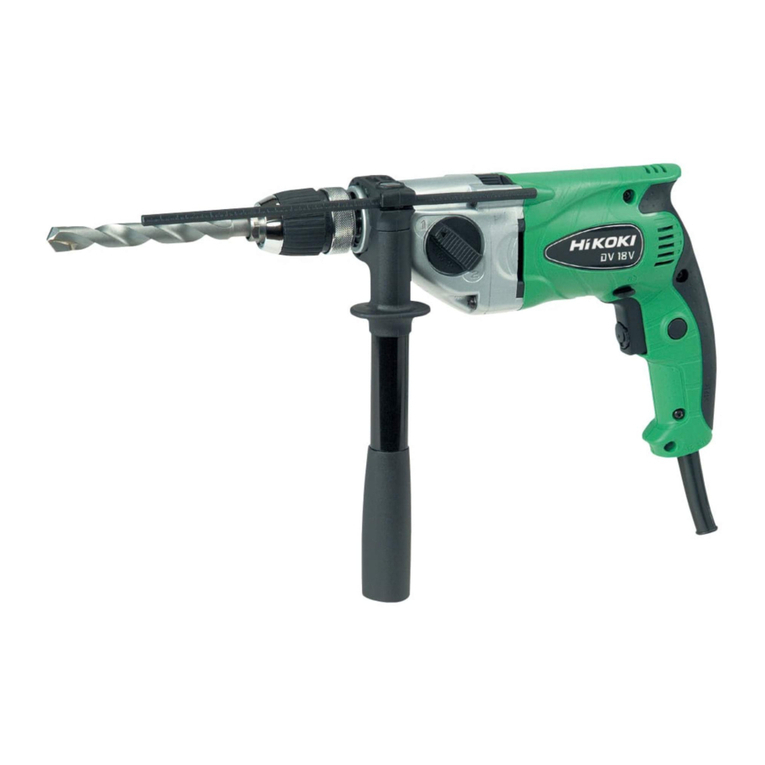
HIKOKI
HIKOKI DV 18V User manual

